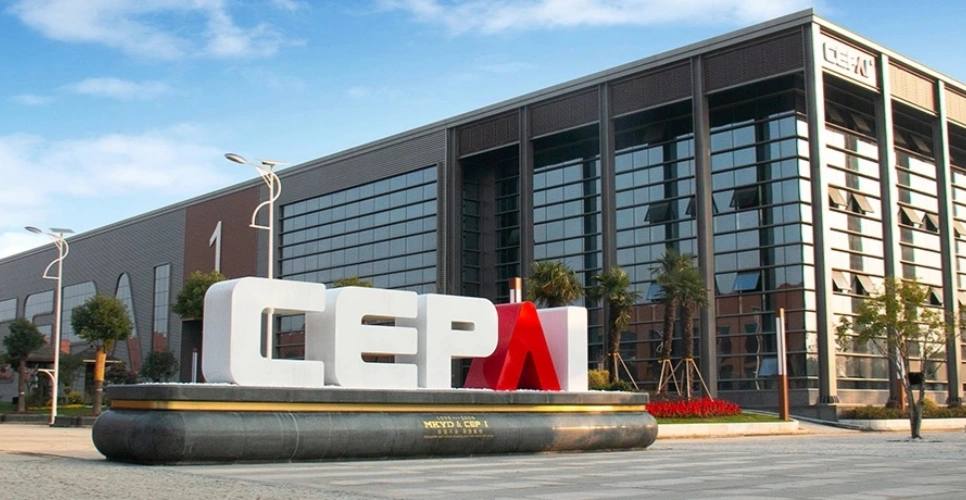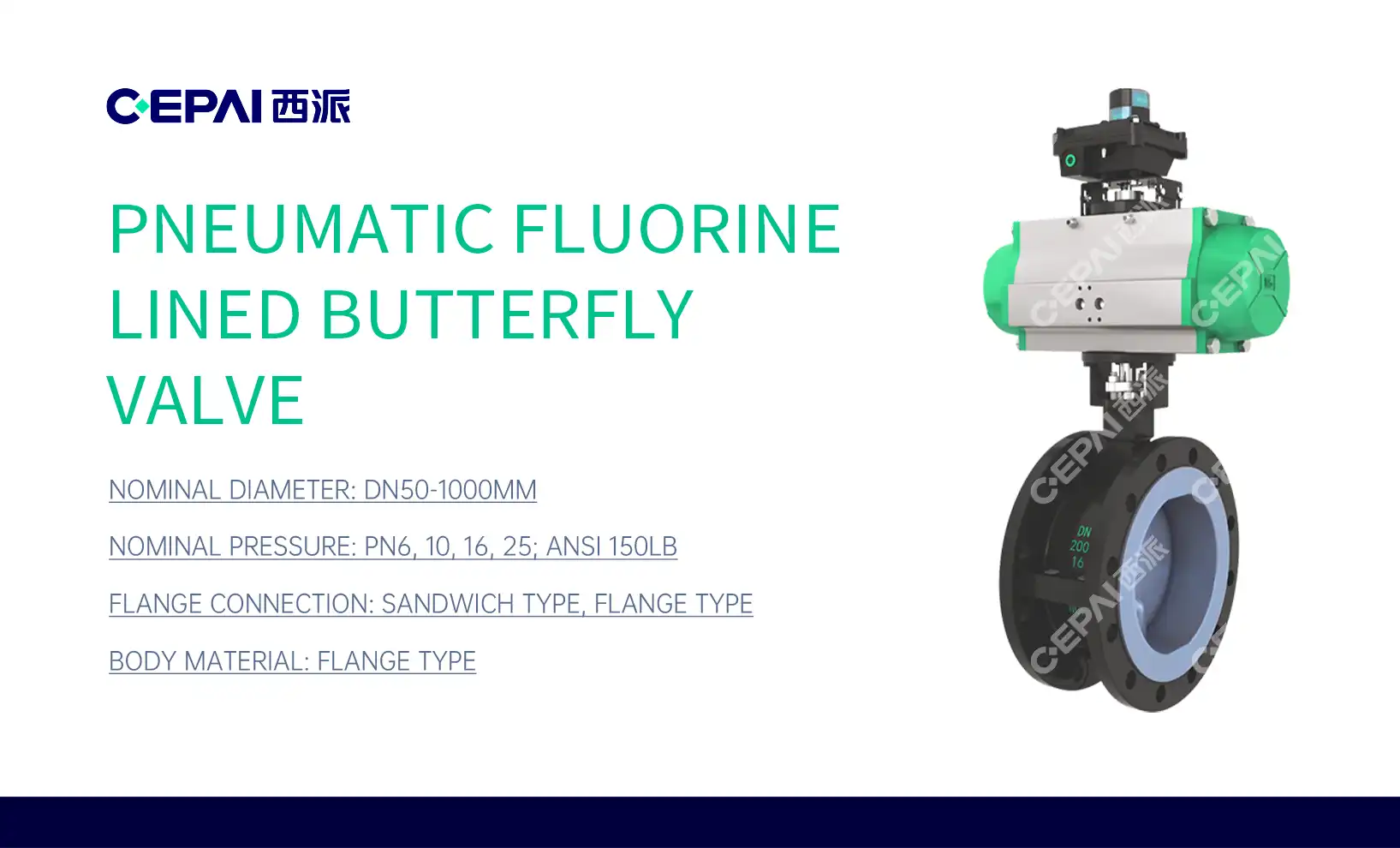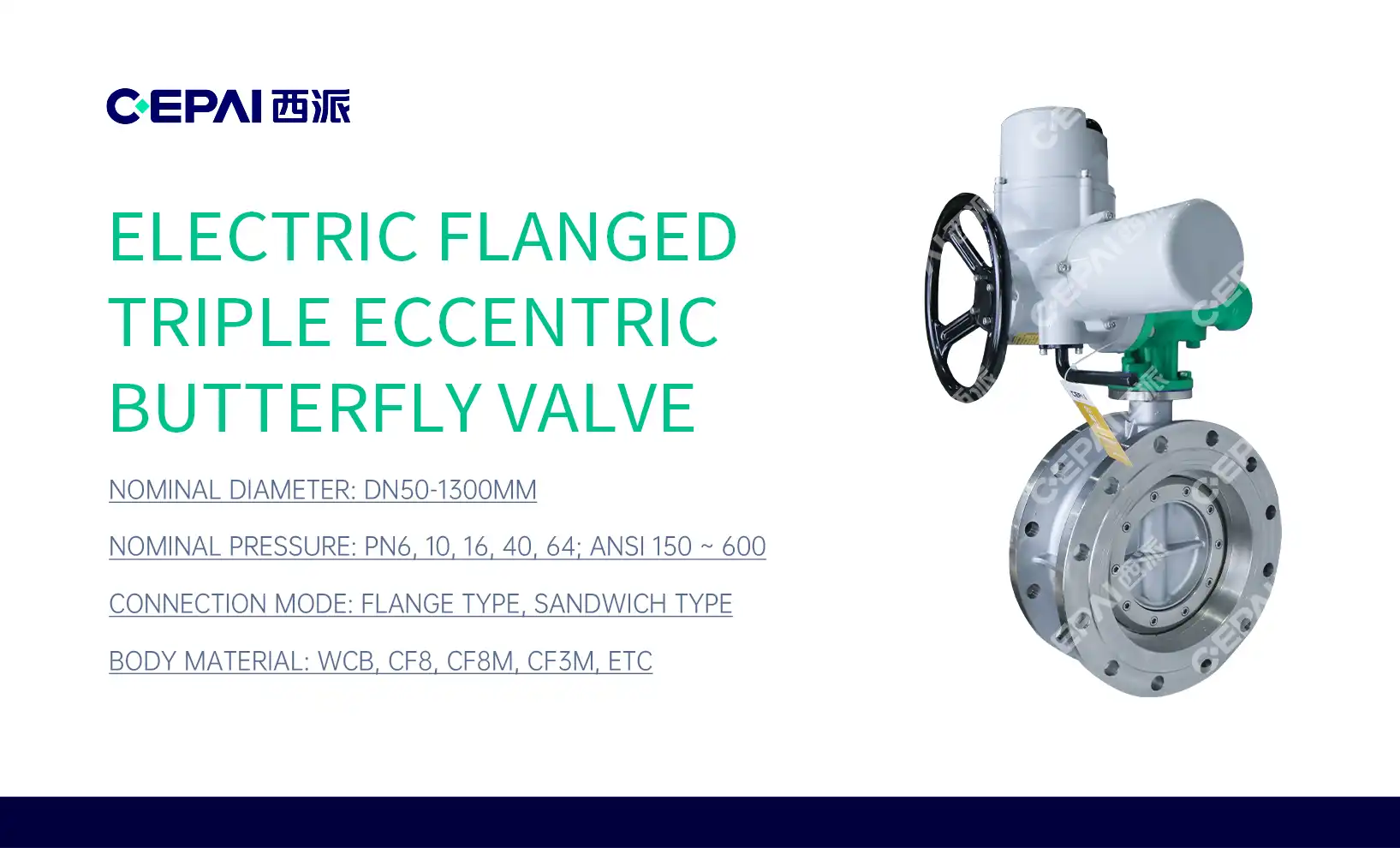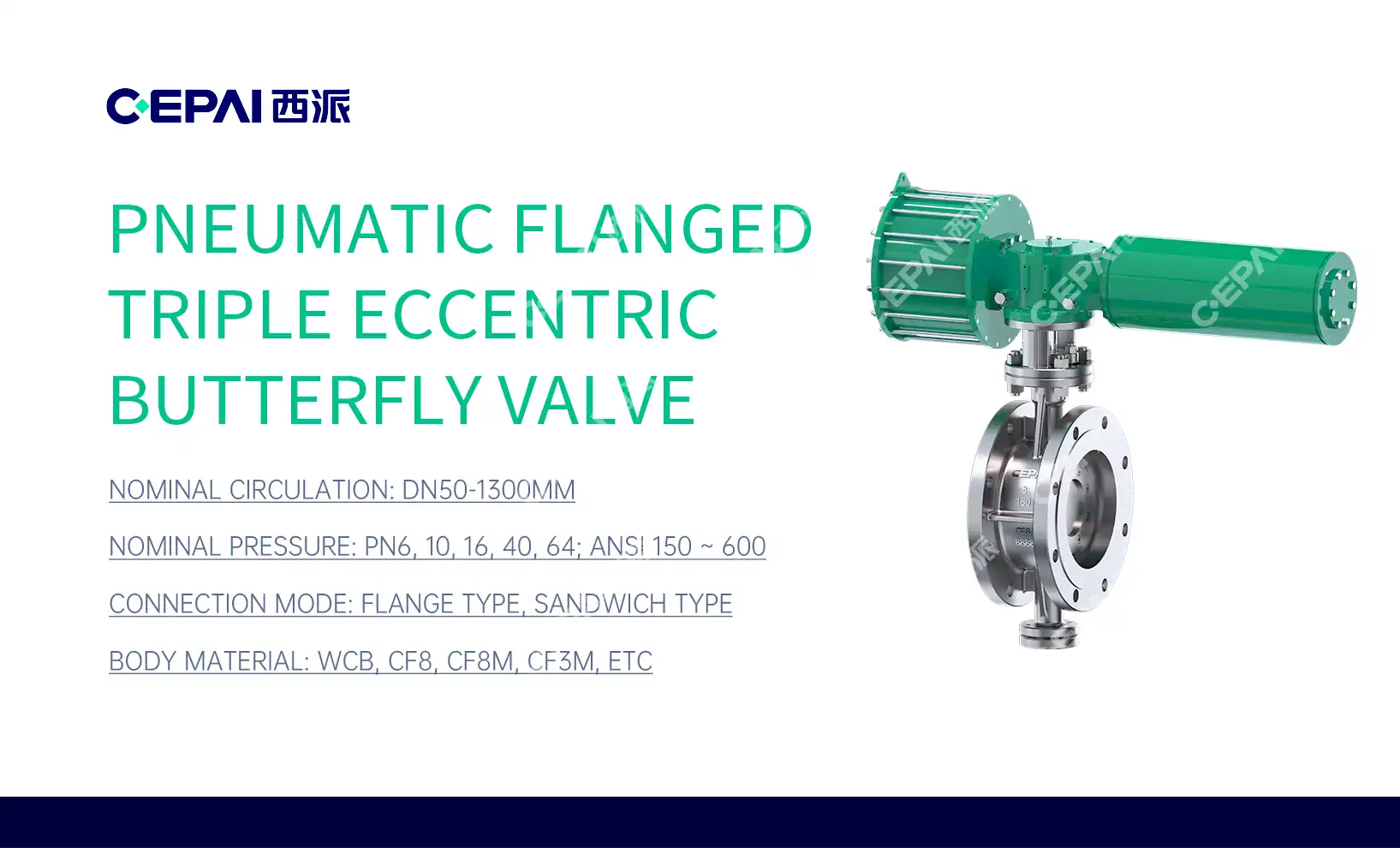Understanding Ball Valves and Gate Valves
Ball Valve Basics
Ball valves are quarter-turn valves that use a spherical disc to control flow. The sphere has a hole or port through its center, which aligns with the pipeline when open, allowing full flow. When rotated 90 degrees, the solid part of the sphere blocks the flow, effectively shutting off the pipeline. Ball valves are renowned for their tight sealing capabilities, quick operation, and durability. They come in various materials and designs, including floating ball, trunnion-mounted, and metal-seated configurations, each suited for specific pressure ratings and applications.
Gate Valve Fundamentals
Gate valves operate using a flat or wedge-shaped gate that moves perpendicular to the flow path. When fully open, the gate is completely removed from the flow path, offering minimal flow restriction. This design makes gate valves particularly suitable for applications where maintaining full flow capacity is crucial. Gate valves are typically used in systems where infrequent operation is expected, as they are not designed for regulating flow or frequent cycling. They excel in applications requiring tight shut-off and where pressure drop across the valve is a concern.
Key Differences in Design and Operation
The primary distinction between ball valves and gate valves lies in their operational mechanics and flow characteristics. Ball valves offer quick quarter-turn operation, making them ideal for rapid shut-off or opening. Their design allows for excellent sealing even at high pressures. Gate valves, conversely, require multiple turns to fully open or close, resulting in a slower operation. However, when fully open, gate valves provide an unobstructed flow path, which can be advantageous in certain applications. The choice between these valve types often depends on factors such as required flow characteristics, frequency of operation, and system pressure requirements.
Performance Comparison: Ball Valve vs Gate Valve
Flow Characteristics
Ball valves and gate valves exhibit distinct flow characteristics that influence their suitability for different applications. Ball valves, with their spherical design, offer excellent flow control in the fully open position, providing a straight-through flow path that minimizes pressure drop. This makes them particularly effective in systems requiring quick shut-off or where maintaining flow efficiency is crucial. Gate valves, when fully open, provide an unobstructed flow path, resulting in minimal pressure loss. This characteristic makes gate valves ideal for applications where maintaining maximum flow capacity is paramount, such as in main pipelines or large-diameter systems.
Sealing Efficiency
Sealing efficiency is a critical factor in valve selection, and both ball valves and gate valves have their strengths in this area. Ball valves are renowned for their excellent sealing capabilities, even under high-pressure conditions. The spherical design, coupled with resilient seats, ensures a tight seal in both directions, making ball valves highly effective in preventing leakage. Gate valves, particularly those with wedge-shaped gates, can also provide tight sealing when properly maintained. However, they may be more susceptible to wear over time, especially in applications involving frequent cycling or exposure to abrasive media.
Durability and Maintenance Requirements
The longevity and maintenance needs of valves are crucial considerations for pipeline operators. Ball valves generally offer superior durability due to their simple design and minimal moving parts. They are less prone to wear and tear, especially in clean fluid applications, and typically require less frequent maintenance. Gate valves, while robust, may require more attention over time. The sliding action of the gate can lead to wear on the seats and gate faces, potentially necessitating more frequent maintenance or replacement of components. However, gate valves can be advantageous in applications where long-term reliability in fully open or closed positions is required.

Selecting the Right Valve for Your Pipeline
Application-Specific Considerations
Choosing between a ball valve and a gate valve requires careful consideration of your specific application requirements. Ball valves excel in scenarios demanding quick operation, tight shut-off, and frequent cycling. They are particularly well-suited for natural gas, petroleum, and chemical processing applications where rapid isolation is crucial. Gate valves, on the other hand, are preferred in applications where minimal flow restriction is essential, such as in water distribution systems or large-diameter pipelines. The decision should also factor in the fluid characteristics, system pressure, and temperature ranges to ensure optimal valve performance and longevity.
Cost-Benefit Analysis
When evaluating the cost-effectiveness of ball valves versus gate valves, it's important to consider both initial investment and long-term operational costs. Ball valves often have a higher upfront cost due to their more complex internal components and manufacturing processes. However, their durability and lower maintenance requirements can result in reduced lifecycle costs. Gate valves may have a lower initial price point, especially in larger sizes, but potential increased maintenance needs should be factored into the long-term cost analysis. The choice should ultimately align with your budget constraints while ensuring the selected valve meets the operational demands of your pipeline system.
Future-Proofing Your Pipeline System
Selecting the appropriate valve type is not just about meeting current needs but also about anticipating future requirements. Ball valves offer versatility and adaptability, making them suitable for evolving pipeline systems. Their compact design and ability to handle a wide range of pressures and temperatures provide flexibility for future upgrades or system expansions. Gate valves, while less versatile in terms of quick operation, can be an excellent choice for systems expected to maintain consistent flow rates over long periods. Consider potential changes in your pipeline's operational parameters, such as increased flow rates or pressure requirements, when making your valve selection to ensure long-term compatibility and efficiency.
Conclusion
In the debate of ball valve vs gate valve, there's no one-size-fits-all solution. The right choice depends on your specific pipeline requirements, operational needs, and long-term goals. Ball valves offer quick operation, excellent sealing, and versatility, making them ideal for applications requiring frequent actuation and tight shut-off. Gate valves excel in providing unobstructed flow and are well-suited for systems where maintaining maximum flow capacity is crucial. By carefully considering factors such as flow characteristics, sealing efficiency, maintenance requirements, and cost-effectiveness, you can make an informed decision that optimizes your pipeline's performance and reliability. Remember, the best valve choice is one that not only meets your current needs but also positions your pipeline system for future success.
FAQs
1. What are the main differences between ball valves and gate valves?
Ball valves offer quick quarter-turn operation and excellent sealing, while gate valves provide unobstructed flow when fully open.
2. Which valve is better for frequent cycling?
Ball valves are generally better suited for frequent cycling due to their quick operation and durability.
3. Are gate valves more cost-effective than ball valves?
Initially, gate valves may be less expensive, especially in larger sizes, but ball valves often have lower long-term maintenance costs.
4. Can ball valves handle high-pressure applications?
Yes, ball valves are well-suited for high-pressure applications, especially trunnion-mounted designs.
5. Which valve type is best for minimizing pressure drop?
Gate valves, when fully open, typically offer the least resistance to flow, minimizing pressure drop in the system.
Expert Valve Solutions for Your Pipeline Needs | CEPAI
At CEPAI Group Co., Ltd., we specialize in providing cutting-edge valve solutions for the oil and gas industry. As a leading manufacturer and supplier of high-quality ball valves, gate valves, and other critical pipeline components, we offer expert guidance in selecting the right valve for your specific application. Our state-of-the-art production facilities, including Asia Pacific's longest high-precision intelligent manufacturing flexible production line, ensure unparalleled quality and reliability. Trust CEPAI for innovative, durable, and efficient valve solutions that optimize your pipeline performance. Contact us at cepai@cepai.com to discuss your valve requirements and experience the CEPAI difference.

References
Smith, J. (2022). "Valve Selection Criteria for Oil and Gas Pipelines." Journal of Pipeline Engineering, 15(3), 178-192.
Johnson, R. (2021). "Comparative Analysis of Ball and Gate Valves in High-Pressure Applications." International Journal of Fluid Dynamics, 8(2), 45-60.
Brown, A. et al. (2023). "Long-term Performance Evaluation of Industrial Valves." Industrial Process Control Quarterly, 29(1), 12-28.
Lee, S. (2022). "Cost-Benefit Analysis of Valve Types in Large-Scale Pipeline Projects." Energy Systems Engineering Review, 17(4), 302-318.
Garcia, M. (2021). "Advancements in Valve Technology for the Oil and Gas Sector." Petroleum Engineering Technology, 36(2), 89-105.
Wilson, T. (2023). "Maintenance Strategies for Critical Pipeline Valves." Journal of Industrial Maintenance and Reliability, 14(3), 210-225.

_1746598531170.webp)



